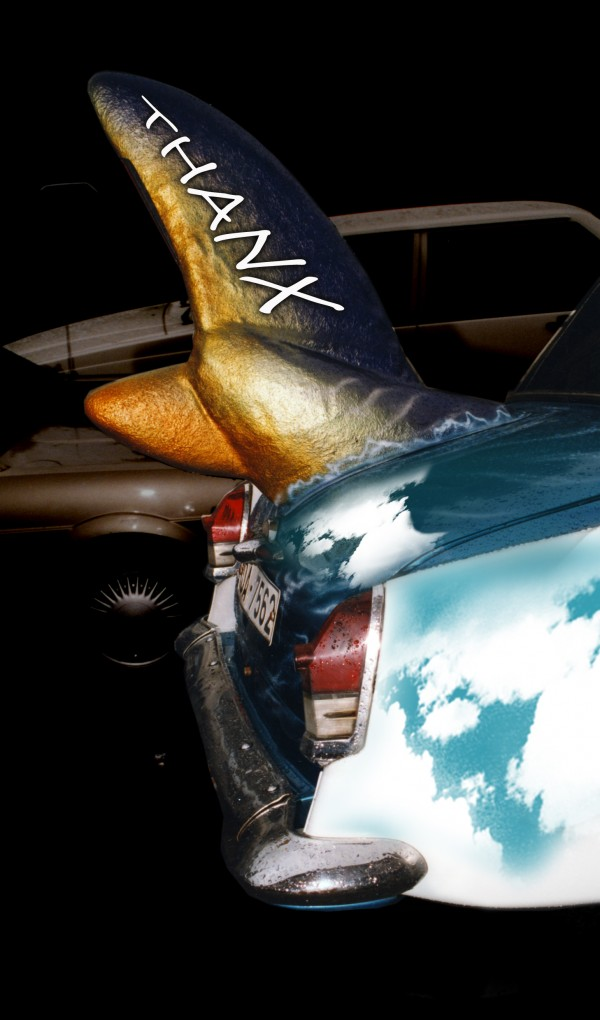

After the war, Sandy Schauffler was one of two men hired to survey Colorado for potential ski sites he went on to cofound the Arapahoe Basin ski resort in that state, according to the resort’s website. By December, 1940, Schauffler had joined the Navy, according to an Inquirer and Mirror article. According to, among other sources, the “Legends” page of the Thunderbolt Ski Runners, a Massachusetts ski club, Sandy Schauffler was selected as a member of the U.S.’s Olympic ski team in 1940, but that year both summer and winter Olympics were canceled due to World War II, according to Wikipedia. Schauffler, who would, years later, donate an object from Sanderson’s collection to the Explorers Club.Īnd it seems that it was under the name of “Sandy” that Schauffler became known as an accomplished skier. So it seems that Sanderson’s Goodwill co-founder, Henry Park Schauffler, was the father of Frederick S.

Schauffler was survived by his wife, Grace Jarvis Schauffler, and five children, including a Frederick S., The Brooklyn Daily Eagle reported. Or the men may have met even earlier, as both Sanderson (in the late 1890s, according to NHA) and Schauffler (according to a 1930 article in The Brooklyn Daily Eagle published after Schauffler’s death) attended Amherst College in Massachusetts and then Hartford Theological Seminary, and their studies may have overlapped. Henry Park Schauffler, according to Goodwill’s history page. In 1915, Sanderson, a minister, was in Brooklyn, New York, where he cofounded the New York branch of Goodwill Industries with a Rev. It seems that a Schauffler-Sanderson connection formed at least 15 years prior to the donation. Sometime in the 1920s, he bought a historic Nantucket home and began filling it with whaling artifacts, such as “harpoons, boarding knives, cutting spades and bomb lances, as part of a careful interior restoration of that house,” Aimee Newell wrote in the NHA report. Īccording to a report by the Nantucket Historical Association, Sanderson was born in Ohio in 1874, but he lived his final years on the Massachusetts island of Nantucket. Who Sanderson was and how Schauffler might have acquired the odd collectible, Flint did not know. Flint noted that according to the foreskin’s record, it came from the collection of an individual named Edward Sanderson. naval captain, said Lacey Flint, the club’s archivist and curator of research collections, who led the tour. Schauffler was an Explorers Club member and U.S. On the top floor, in a room called the Gallery, the cetacean phallus pointed skyward.įrederick S. In the small arctic communities of Iceland, Greenland and Norway, where all parts of the dead whale where historically used, whale penises were dried and tanned, and often transformed into whips.The penis stood out during a media tour of the club’s headquarters in New York City related to the Explorers Club’s 113th Annual Dinner in March. With no recognisable commercial use for the penis other than as an addition to a try pot, the organ was sometimes souvenired by whalers as trophy evidence of their power and control over a creature so much larger than themselves. The brutal and rapacious escalation of the British and American whaling industry through the 18th, 19th and 20th centuries saw the whale penis fetishised as a phallic amusement. This symbolic statement, whether true or false, was often used by journalists as 'proof' of Onassis' perceived virility, power and extravagance.

It is alleged that the 20th century Greek shipping magnate Aristotle Onassis had the bar stools of his luxury yacht CHRISTINA covered in whale penis leather.
WHALE PENIS SKIN
History The skin of a whale's penis is known to produce particularly soft suede once dried and tanned.


 0 kommentar(er)
0 kommentar(er)
